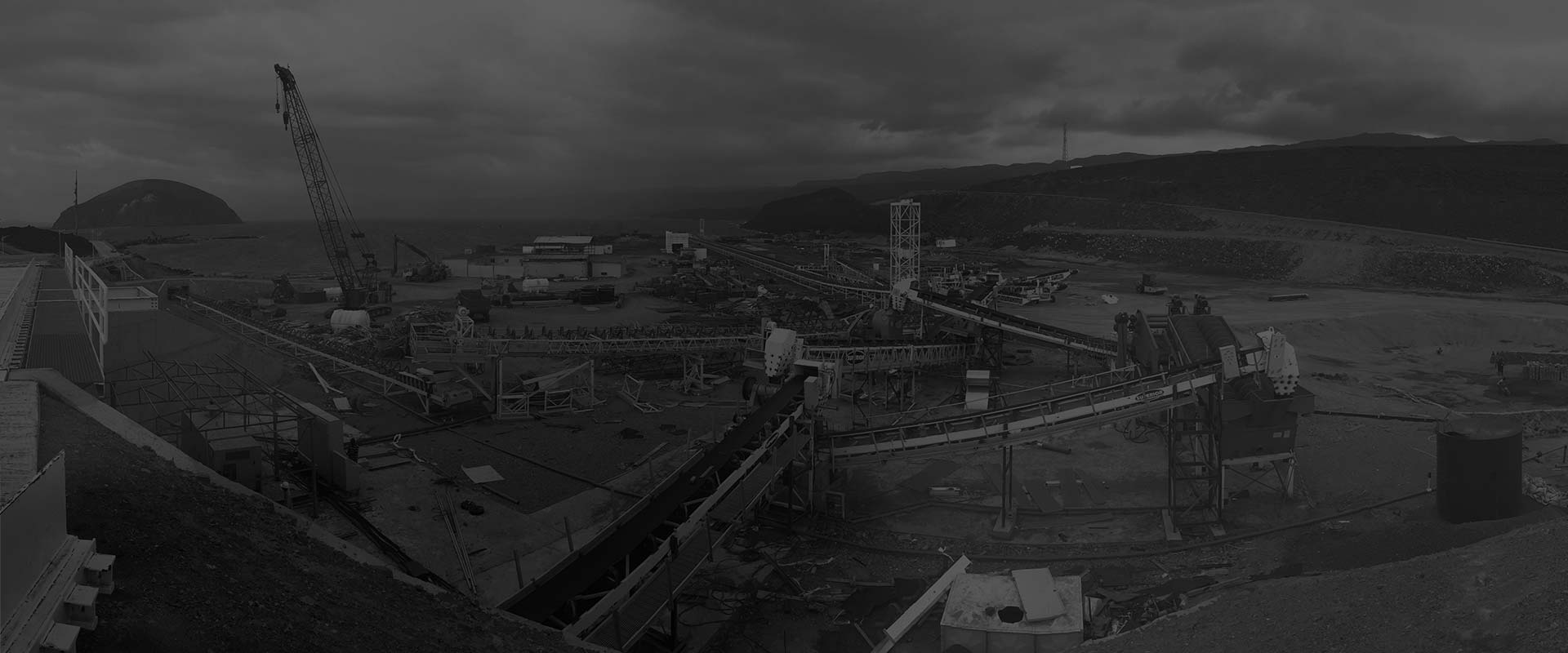0086-379-64087240
The grinding work of a ball mill is mainly caused by the movement of steel balls. In order to study the operation of the ball mill, it is necessary to study the motion law of the steel balls. The steel ball group in the wet ball mill is composed of several layers of balls, and each ball layer has a breakpoint. A drop point, the coordinates of the drop point of each layer are different, but because they are all similar, they all have the same set conditions. Similarly, the coordinates of each drop point are different, but they also satisfy the same geometric conditions. By finding out the connection between two geometric conditions, we can find the trajectory of the separation point of the steel balls, which is the connection between two inflection points and the drop point.
According to the motion law of the steel balls in the wet ball mill, we can know the geometric shape of the steel balls in the grinding cylinder. Obviously, the cylinder is mainly divided into four different zones.
Leakage zone: The solid shaded area, where the steel balls circulate and the ore is trapped between the steel balls.
Falling zone: The virtual shaded area represents the falling zone of the steel balls. During this process, the steel balls will not be ground until they reach the bottom, and the ore is influenced by the impact of the steel balls.
Kidney-shaped zone: It is close to the midpoint of the ball mill, and it is difficult to distinguish between the parabolic and circular motion of the steel balls. In the shadowless area, the steel balls only vibrate, and the grinding effect is very weak, resulting in poor grinding effect of the ball mill.
Blank zone: The crescent-shaped area outside the parabolic falling zone, where the steel balls do not move to and have no grinding effect. When the speed is low, the steel balls do not go far, and the blank zone is large. If the speed is too high, the steel balls will be thrown away, and the blank zone will be small, but the steel balls will wear heavily on the cylinder or liner.
It is very common for energy-saving wet ball mills to have abnormal vibrations, which is mainly due to insufficient foundation strength and stiffness. Many cement plants, when retrofitting from an open circuit system to a closed circuit system, ignore the foundation of the ball mill, which leads to vibration of the ball mill body. For this situation, the solution is to reinforce the foundation of the ball mill. Another situation is rotor imbalance. Whether the rotor is balanced or not has a great impact on the vibration of the energy-saving ball mill. Especially for energy-saving ball mills, most of them use a structure of large and small rotors. After a period of use, the large and small rotors deform or the rotor blades wear unevenly. Due to the large turning diameter of the large rotor, a slight imbalance will cause a large centrifugal force and result in vibration of the machine body.
The solution is to first adjust the large and small rotors. If the effect is not obvious, weights can be added to the large rotor, and the size and position of the weights can be determined according to the situation. Another reason is the low installation accuracy. If there is a large coaxiality error between the motor and the reducer, and the motor is connected to the reducer through a coupling, and the reducer is directly connected to the ball mill cover, the vibration of the reducer will cause vibration of the wet ball mill body. The solution to this problem is to loosen the connection bolts on the coupling and the motor and the base. Move the motor, remove the coupling between the motor and the reducer, and then install a dial gauge on the input shaft of the reducer, with the dial gauge probe against the motor shaft. Adjust the motor by rotating the motor shaft head so that the reading on the dial gauge does not exceed 0.8mm, then install the coupling and tighten all the bolts.
